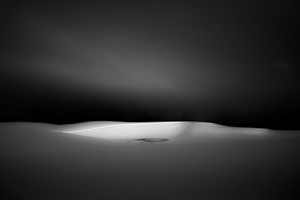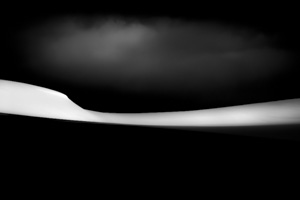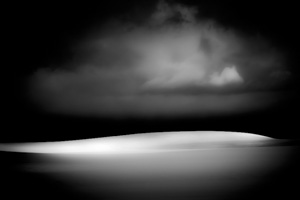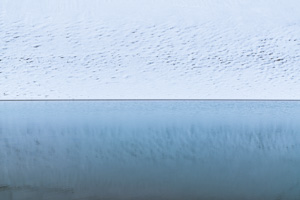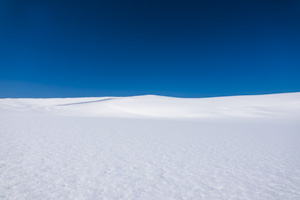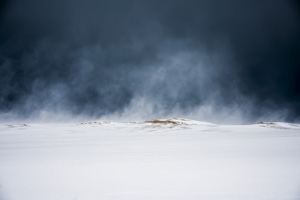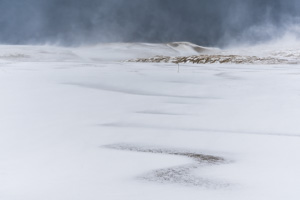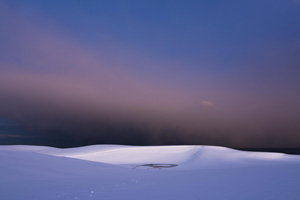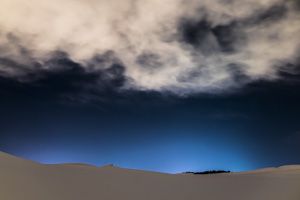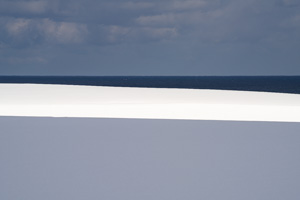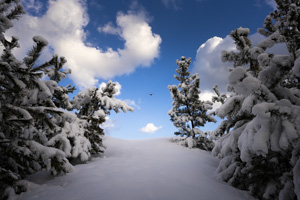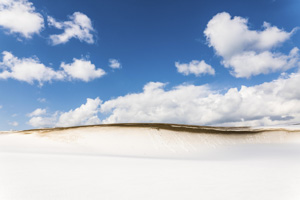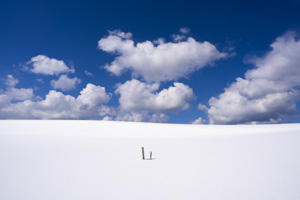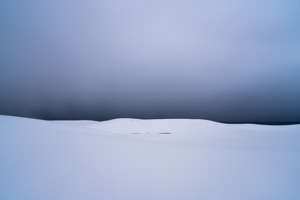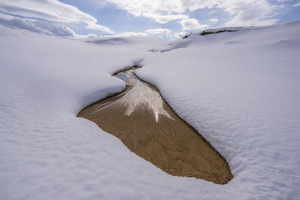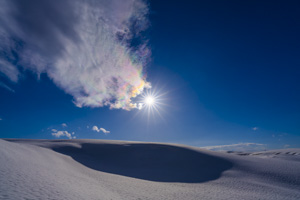Sanddune
Tottori Sand Dunes is one of the largest sand dunes in Japan, stretching 16 km from east to west and 2.4 km from north to south. The Tottori Sand Dunes are made up of "uniform, extremely small sand" that flows from rivers to the sea and is blown up by the wind, and because there are no plants or trees, it may be said to be "the simplest shape on earth." There you will find a landscape that is both ``magnificent'' and ``impermanent'' as it constantly changes depending on the wind.
Snow falls on the Tottori Sand Dunes from zero to several times a year, covering the dunes in white. The snow even covers up the ``wind ripples'' in the sand, transforming the simple sand dunes into a landscape that is even more simple and representative of ``minimalism.'' It snows in the middle of the night, and when you look at it in the morning before anyone sets foot on it, you'll see a land made up of beautiful curves that would be impossible to find in nature.
「鳥取砂丘」は東西16 km、南北2.4 kmに広がる日本最大級の砂丘です。鳥取砂丘は川から海へと流れ、風によって吹き上げられた「均一で極小の砂」で構成され、草木も無い為「地球上で最もシンプルな形状」と言えるかもしれません。そして風によって常に変化し「壮大」かつ「無常」な風景がそこにあります。
鳥取砂丘には年に0回~数回、砂丘を白く覆い隠すほどの雪が降ります。雪は砂の模様「風紋」さえ覆い隠し、シンプルな砂丘を更にシンプルに、正に「ミニマリズム」を代表とする風景に変えます。夜中に雪が降り、朝になって人が足を踏み入れる前に見ると、自然界ではあり得ない程の綺麗な曲線で構成された大地がそこにあります。

